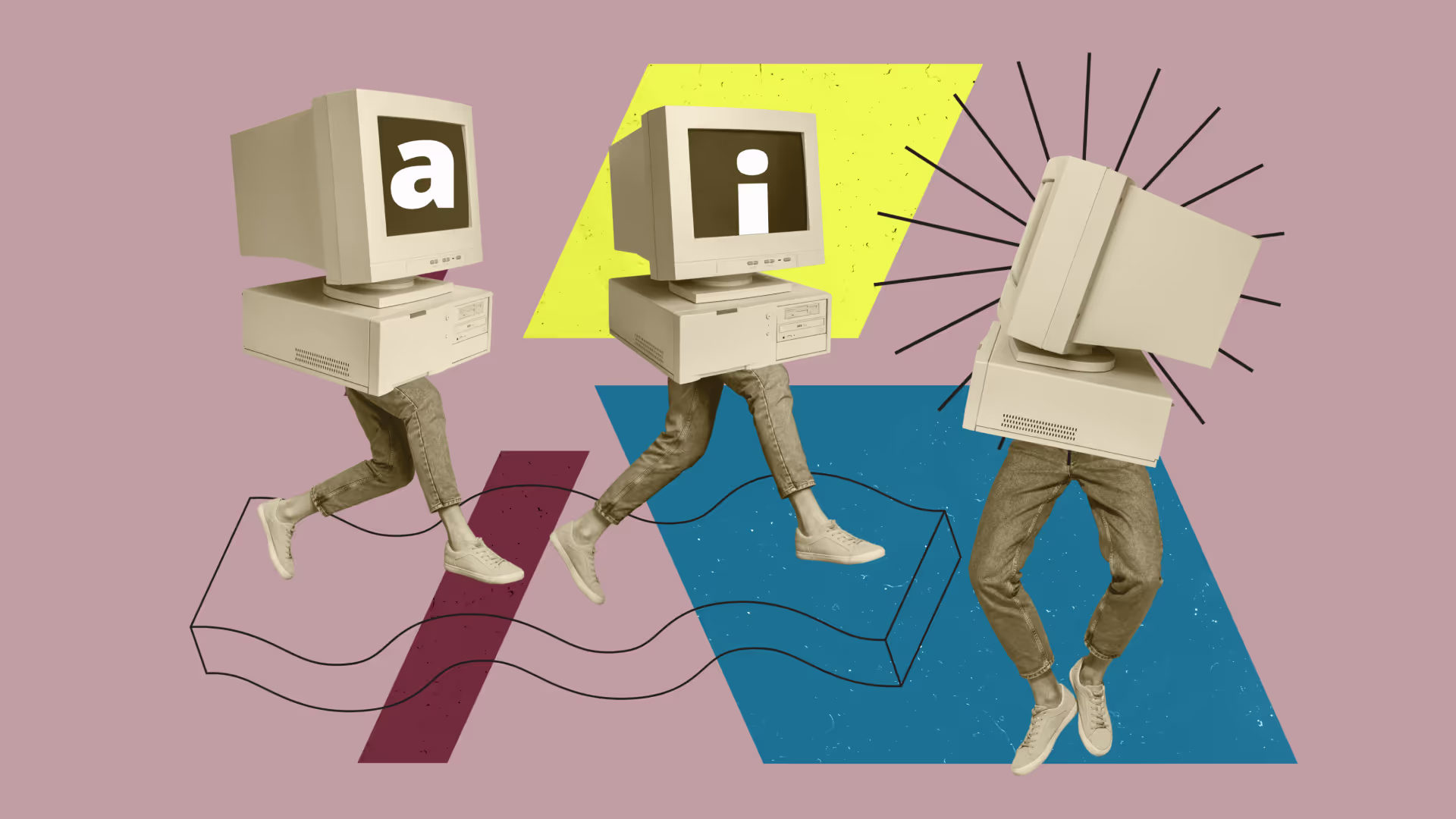Insights

Utilizing AI to Achieve Workforce Transformation Through Its Enhancing Capabilities
AI is no longer an abstract future concept—it is a present day reality that is reshaping the workplace. As an HR leader, I have witnessed firsthand how AI transforms industries, sparking both enthusiasm and apprehension. While AI presents an opportunity to enhance business operations, organizations must approach its adoption thoughtfully, ensuring they protect the core value of human work.

Upskilling vs. Reskilling in the Age of AI
The fast-paced developments of artificial intelligence are reshaping industries rapidly thus organizations must invest in ongoing learning to thrive. In my HR leadership role, I have witnessed firsthand how AI-generated changes lead organizations into new opportunities as well as organizational challenges. Organizations need to adopt two parallel approaches of upskilling and reskilling if they want to succeed during this change.

Multi-Generational Dynamics: Busting Myths, Building Bridges
Workplaces today are more generationally diverse than ever, encompassing employees from Gen Z to Baby Boomers. While this diversity presents incredible opportunities for collaboration, it also comes with challenges—namely, the stereotypes and assumptions that can create friction among employees and leaders. To truly harness the potential of a multi-generational workforce, organizations must focus on busting myths and building bridges.

HR as a Business Driver: Best-in-Class and Best-for-the-World Practices
Human Resources (HR) is no longer just a support function—it’s a critical driver of both business success and social impact. In today’s fast-evolving landscape, HR leaders are uniquely positioned to deliver outcomes that are best-in-class, supporting organizational goals, and best-for-the-world, prioritizing global responsibility.

Agile Workforce Planning: A Competitive Advantage in a Rapidly Changing Market
In an era of uncertainty and rapid technological advancements, traditional workforce planning models no longer suffice. Organizations must embrace agility—adopting flexible and adaptive workforce strategies that allow them to respond swiftly to market disruptions, evolving business priorities, and shifting talent needs.
